We may earn money or products from the companies mentioned in this post. This means if you click on the link and purchase the item, I will receive a small commission at no extra cost to you ... you're just helping re-supply our family's travel fund.
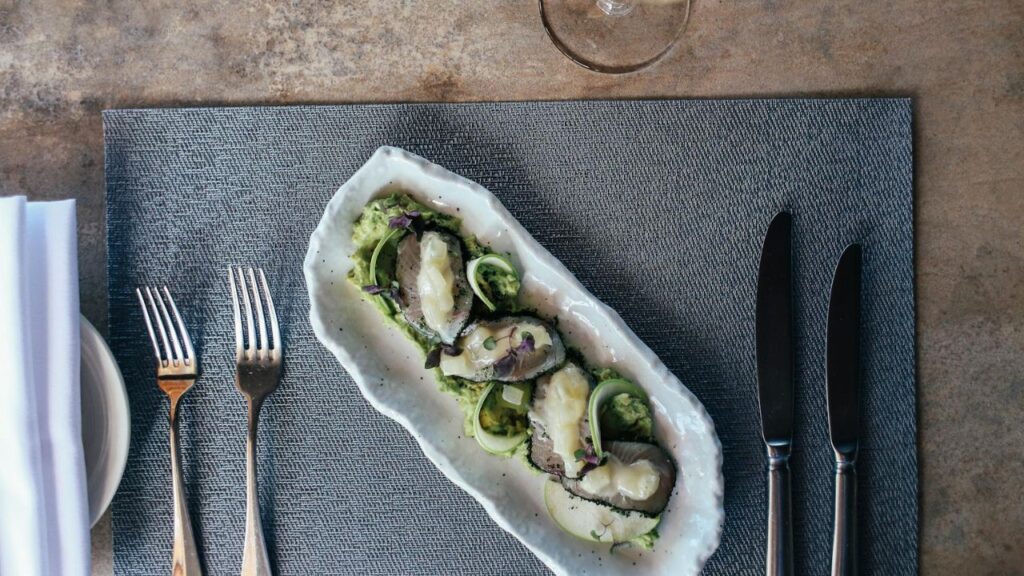
You learn a lot at a table far from home. Some lessons come on the first bite, others arrive with the bill. The smartest move is ordering like a local and skipping the traps that waste money or invite a rough night. This guide flags dishes seasoned travelers pass by, not because they are never good, but because the odds are poor when you can’t read the kitchen. Use it as a nudge toward the plates a place cooks best and remembers you for.
The Daily Special in Tourist Zones
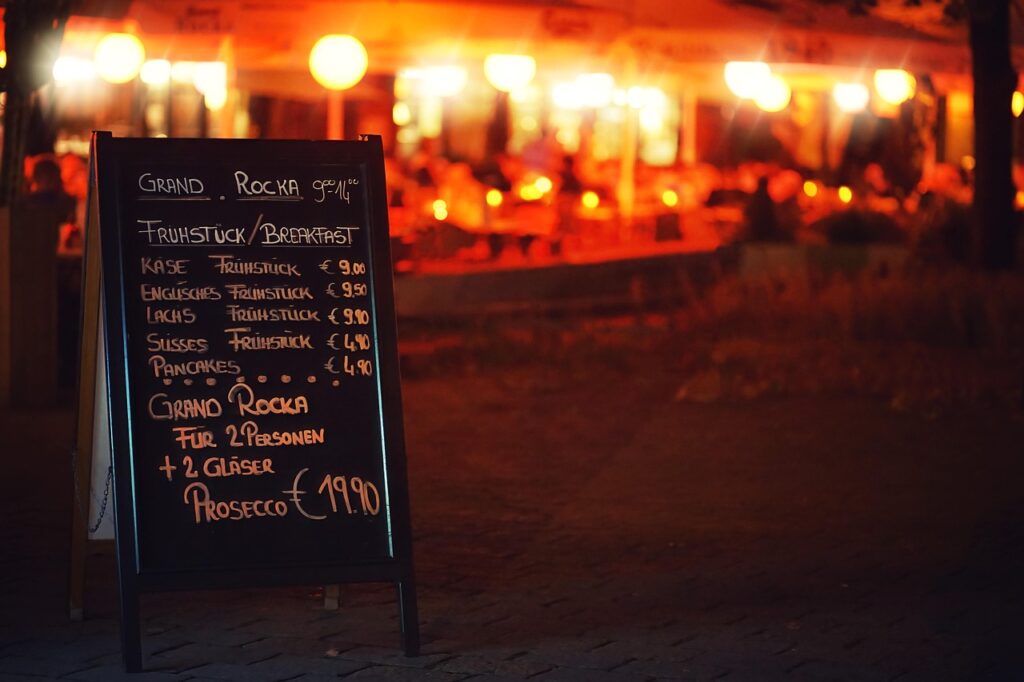
Servers in tourist zones love to pitch a daily special. Sometimes it is brilliant and seasonal; sometimes it is what the kitchen needs to move before it turns. Abroad, you can’t read supply chains or storage habits, so play it safe. Ask what arrived today, what is local, and how it is cooked. If the answer is vague, pivot to a signature dish locals actually order. The best meals usually hide in the regular menu, not in a hurry-up special. Trust the dishes a place repeats with care.
Dry Chicken in Busy Kitchens
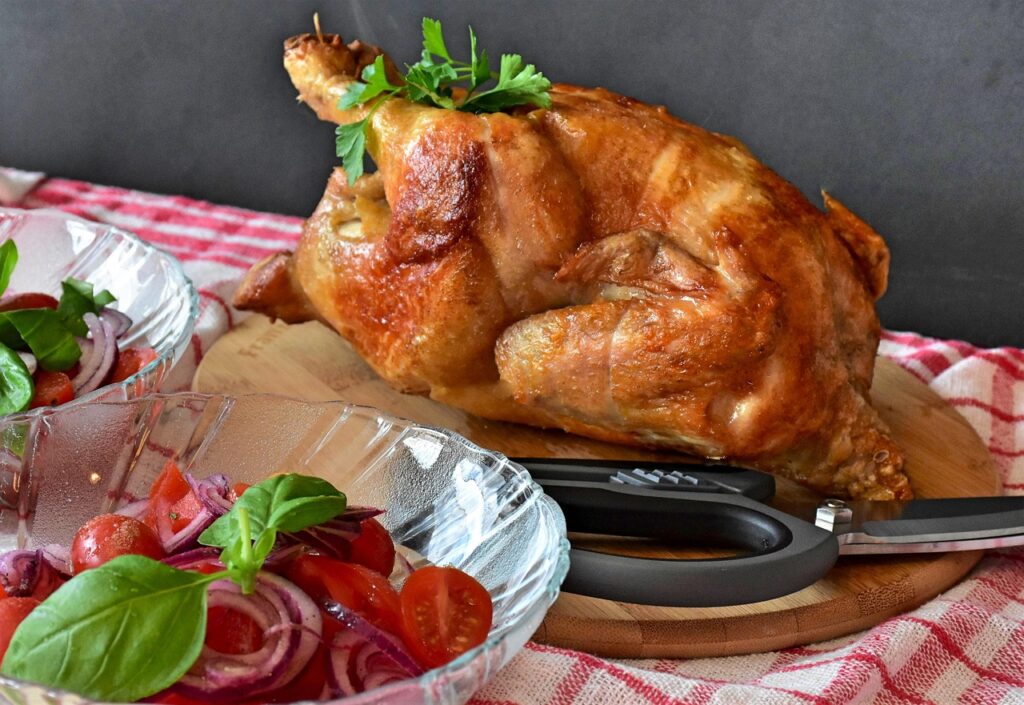
Busy kitchens default to safety, and that often means dry chicken. Pricing abroad can also be out of step with quality, since chicken is seen as the unadventurous choice. If you want poultry, look for slow braises, roast birds carved to order, or regional dishes where the sauce matters as much as the meat. Otherwise, pick the fish the market sells next door or the cut of pork that made the place famous. Save your money for a dish the chef clearly loves to cook.
Raw Oysters Far From Salt Water
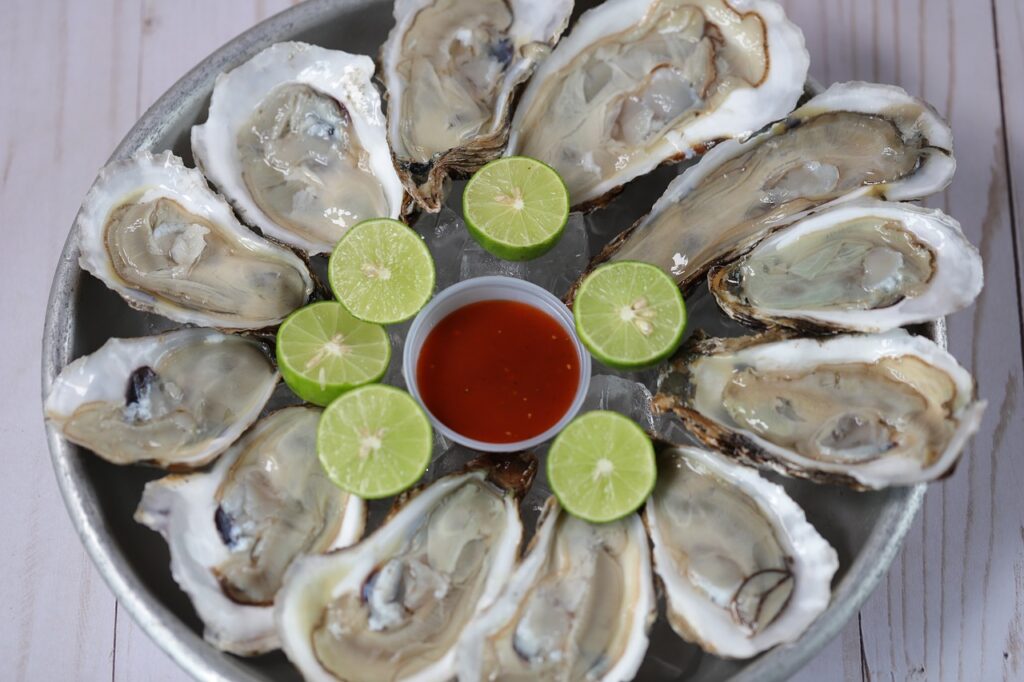
Raw oysters are wonderful within a short haul of clean salt water and a cold supply chain. Far inland, or in tropical heat without stellar handling, they become a gamble you don’t need. When in doubt, choose cooked shellfish or ask for the oyster’s origin and harvest date. If staff can’t answer clearly, switch to grilled sardines, steamed mussels, or a local ceviche made to order and packed on ice. Good seafood should come with facts, not shrugs.
Dishes From a Mega Menu
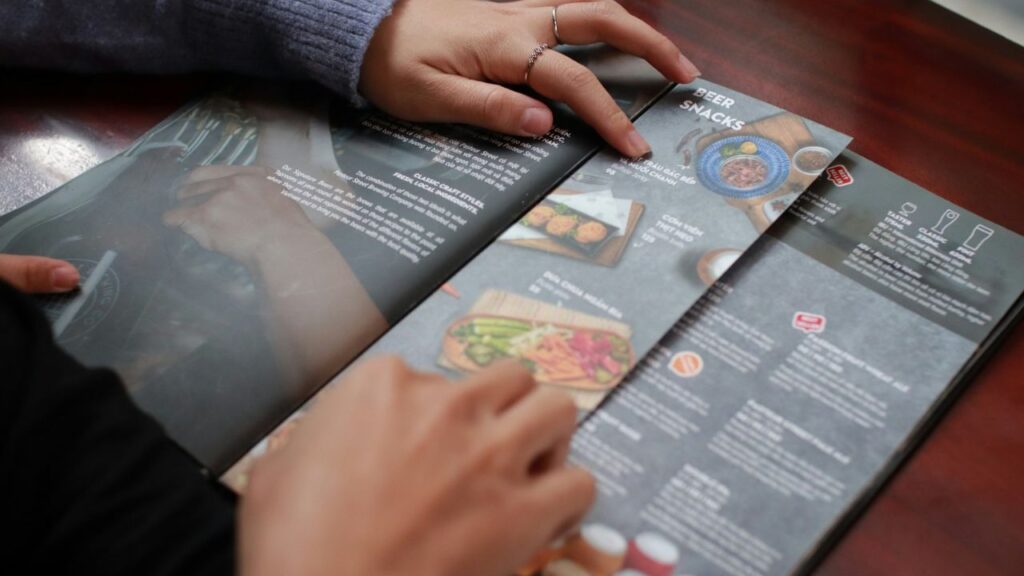
A book-length menu often signals a freezer, not a farm. Abroad, huge cards in multiple languages cater to tour buses and make fresh prep nearly impossible. Smaller places with one page usually buy what the market has and cook it well. Scan for a tight list with a few daily sides, then watch what locals order. If the photos look glossy and identical across restaurants, walk until you see a chalkboard menu. A short menu is a promise of attention. Ask how often the menu changes and who shops the market each morning.
Bread Baskets and Communal Condiments

That warm basket looks generous, but bread and table oil can be refilled from one party to the next in casual spots. In places with looser hygiene rules, shared butter crocks and dipping bottles can be a germ swap you don’t need. If you want bread, order it as a menu item baked that day. Save room for the dish you traveled for, not stale rolls that dull your appetite and your sense of taste. Let the first bite belong to something the kitchen stands behind.
Generic House Salads and Vegetarian Plates

House salads and the so-called vegetarian plate are often afterthoughts abroad, built from bagged greens and sweet dressings that flatten flavor. You will eat better by composing a meal from vegetable starters, grain dishes, and sides that the kitchen cooks with pride. Look for seasonal items roasted, pickled, or grilled. Ask what vegetables the chef is excited about today, then let that guide the table. Vegetables deserve the spotlight, not a consolation corner.
Bar Snacks and Open Garnishes
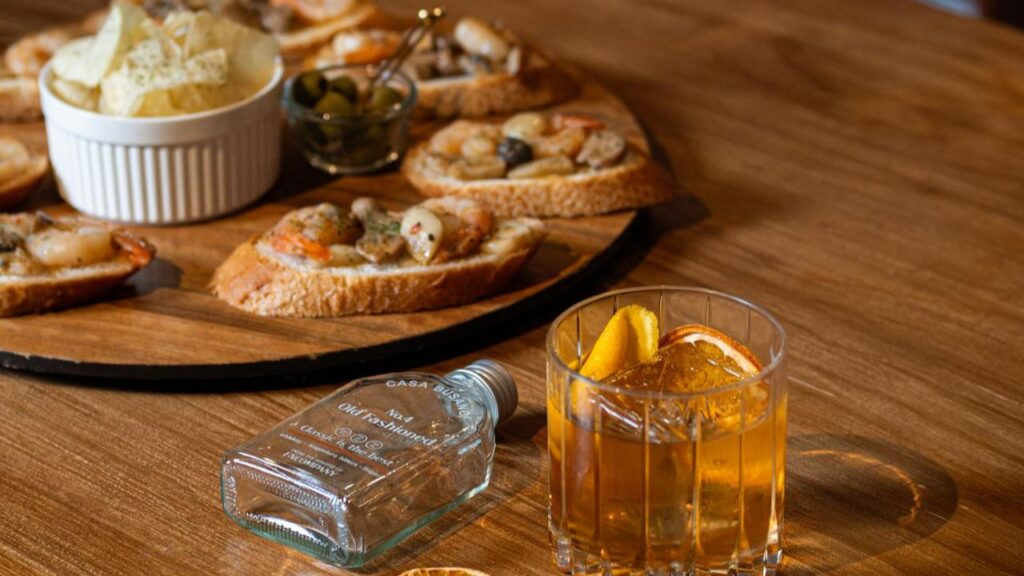
Bowls of nuts, olives, or snack mix sitting out on a bar look friendly but do a lot of social work before they reach you. Garnish stations with uncovered citrus and herbs can be just as risky. Order sealed snacks or fresh small plates instead, and choose cocktails built without communal fruit if sanitation looks shaky. Your pre-dinner drink should set up the meal, not send you back to the room early. Clean prep is a better aperitif than dusty peanuts.